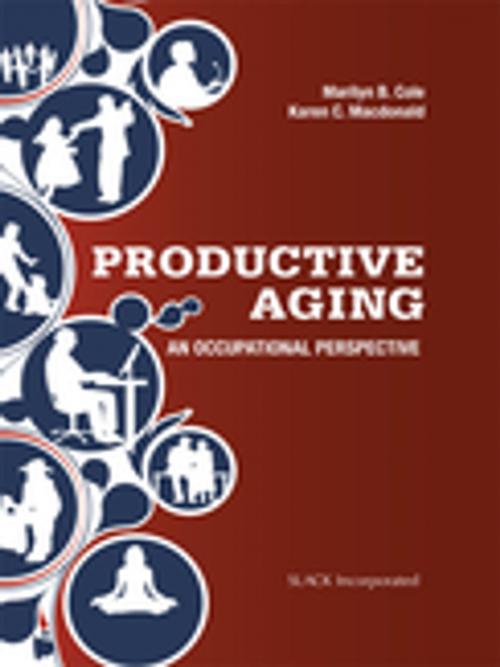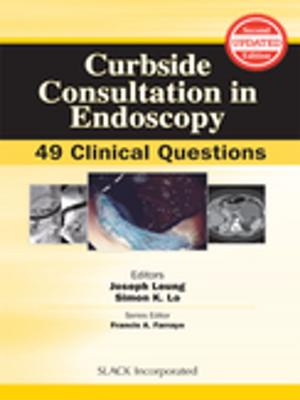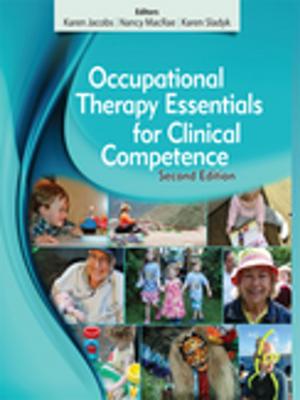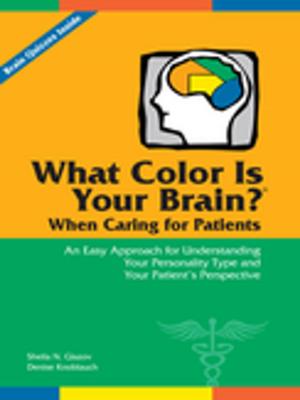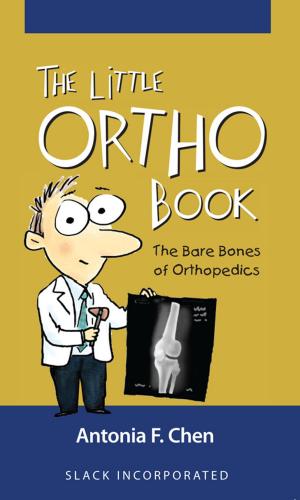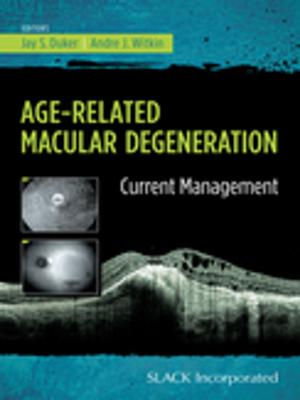Productive Aging
An Occupational Perspective
Nonfiction, Health & Well Being, Medical, Allied Health Services, Occupational Therapy| Author: | ISBN: | 9781630911874 | |
| Publisher: | SLACK Incorporated | Publication: | April 15, 2015 |
| Imprint: | SLACK Incorporated | Language: | English |
| Author: | |
| ISBN: | 9781630911874 |
| Publisher: | SLACK Incorporated |
| Publication: | April 15, 2015 |
| Imprint: | SLACK Incorporated |
| Language: | English |
Productive Aging: An Occupational Perspective is a concise and practical text that takes a fresh look at our rapidly expanding and diverse older population. Recognizing the unique identity of each older person, this text provides client-centered guidelines for maximizing function, independence, and wellness. Productive Aging also outlines self-management strategies for promoting participation and engagement in productive occupations for the older persons’ own continuing development, health, and well-being. Productive Aging not only summarizes current evidence, but it looks into the lives of forty productive agers who shared their personal perspective with the authors as part of an original qualitative study. These participant stories, often told in the participants own words, describe how current theories of aging are applied in the lives of older adults who are currently living the experience. Older adults ages 60 to 98 describe the effective strategies they used to manage their own aging process, to structure healthy lifestyles and social connections, and to intentionally direct their own productive occupations in satisfying and meaningful ways. The results of this qualitative research study have led to a grounded theory of Conditional Independence, which guides occupational therapy approaches to productive aging in practice. Authors Marilyn B. Cole and Dr. Karen C. Macdonald explore the six productive occupations that researchers have identified as typical of older adults today: self-management, home management, volunteering, paid work, care giving, and lifelong learning. In addition to summarizing current research and theories within each occupation, concrete strategies and techniques relative to these roles are detailed, with multiple examples, case studies, and learning activities. Throughout Productive Aging, interviews with experienced practitioners, administrators, and educators reveal some of the implications of various trends and techniques. For occupational therapists, descriptions of settings and types of intervention are consistent with the latest version of AOTA’s Occupational Therapy Practice Framework, Third Edition. In addition to promoting productive occupations within traditional institutional and medical-based practice, occupational therapy roles include that of consultant, educator, and advocate when treating individuals, groups, and populations in home care, organizational, and community settings. Productive Aging: An Occupational Perspective is the perfect addition to the bookshelf of occupational therapy students, faculty, and clinicians, as well as any health care practitioner who would like to update his or her knowledge of the aging individual within his or her current practice settings.
Productive Aging: An Occupational Perspective is a concise and practical text that takes a fresh look at our rapidly expanding and diverse older population. Recognizing the unique identity of each older person, this text provides client-centered guidelines for maximizing function, independence, and wellness. Productive Aging also outlines self-management strategies for promoting participation and engagement in productive occupations for the older persons’ own continuing development, health, and well-being. Productive Aging not only summarizes current evidence, but it looks into the lives of forty productive agers who shared their personal perspective with the authors as part of an original qualitative study. These participant stories, often told in the participants own words, describe how current theories of aging are applied in the lives of older adults who are currently living the experience. Older adults ages 60 to 98 describe the effective strategies they used to manage their own aging process, to structure healthy lifestyles and social connections, and to intentionally direct their own productive occupations in satisfying and meaningful ways. The results of this qualitative research study have led to a grounded theory of Conditional Independence, which guides occupational therapy approaches to productive aging in practice. Authors Marilyn B. Cole and Dr. Karen C. Macdonald explore the six productive occupations that researchers have identified as typical of older adults today: self-management, home management, volunteering, paid work, care giving, and lifelong learning. In addition to summarizing current research and theories within each occupation, concrete strategies and techniques relative to these roles are detailed, with multiple examples, case studies, and learning activities. Throughout Productive Aging, interviews with experienced practitioners, administrators, and educators reveal some of the implications of various trends and techniques. For occupational therapists, descriptions of settings and types of intervention are consistent with the latest version of AOTA’s Occupational Therapy Practice Framework, Third Edition. In addition to promoting productive occupations within traditional institutional and medical-based practice, occupational therapy roles include that of consultant, educator, and advocate when treating individuals, groups, and populations in home care, organizational, and community settings. Productive Aging: An Occupational Perspective is the perfect addition to the bookshelf of occupational therapy students, faculty, and clinicians, as well as any health care practitioner who would like to update his or her knowledge of the aging individual within his or her current practice settings.
